Introduction
In today’s fast-paced world, internet connectivity is no longer a luxury—it’s a necessity. However, many rural and remote areas still struggle with slow or unreliable connections. Enter Starlink Satellite Internet, a groundbreaking solution by SpaceX that aims to bring high-speed, low-latency internet to every corner of the globe.
What is Starlink?
Starlink is a satellite internet constellation project launched by SpaceX, founded by Elon Musk. It uses a network of low Earth orbit (LEO) satellites to provide broadband internet coverage worldwide. Unlike traditional satellite internet, which relies on a few large satellites in high orbits, Starlink Satellite Internet uses thousands of smaller satellites orbiting closer to Earth. This reduces latency and improves connection stability.
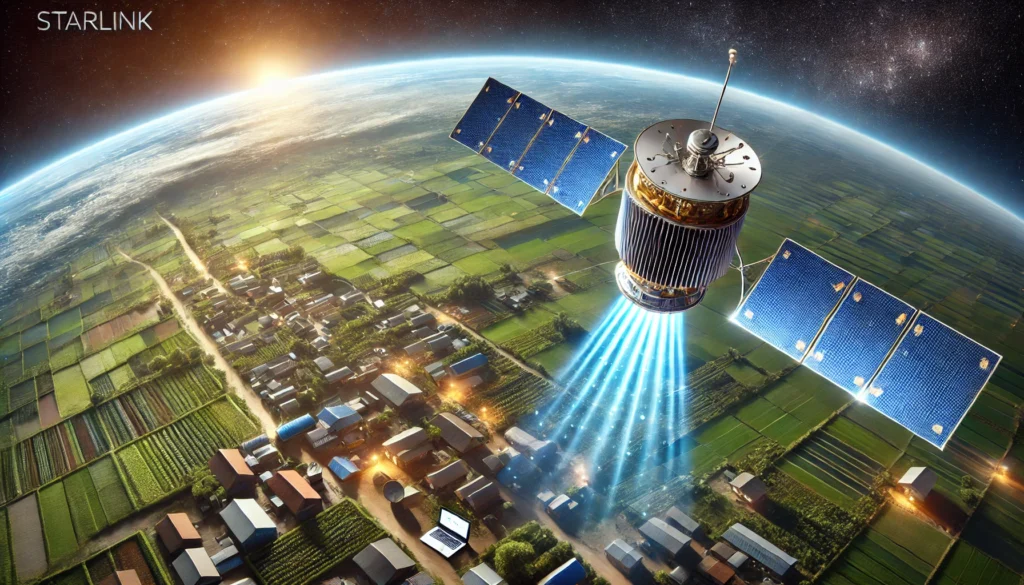
How Does Starlink Work?
Starlink operates using a constellation of satellites that communicate with ground stations and user terminals. Here’s how it works:
- LEO Satellites: Starlink satellites orbit at around 550 km (340 miles) above Earth, which is much lower than traditional satellites.
- User Terminal: Customers receive a satellite dish and router. The dish automatically aligns itself to connect with the closest satellites.
- High-Speed Internet: The network delivers download speeds of 100-500 Mbps with latency as low as 20-40 ms, making it viable for streaming, gaming, and remote work.
Key Benefits of Starlink
1. Global Coverage
Starlink aims to offer worldwide internet access, especially in areas where fiber or cable infrastructure is not feasible. It has already started operations in over 60 countries, with plans for further expansion, including Starlink availability in India in the near future.
2. High-Speed, Low-Latency Internet
Unlike traditional satellite internet, which often suffers from high latency, Starlink Internet Speed is significantly faster due to its LEO satellite system. This provides a smoother experience for activities like video calls, gaming, and streaming.
3. Portability with Starlink Roam
Starlink Roam is a mobile service that allows users to take their dish on the go. This is ideal for travelers, campers, and RV owners who need reliable internet access anywhere.
4. Disaster Relief and Emergency Use
Starlink has proven useful in disaster-hit areas, providing internet access during emergencies when traditional infrastructure fails. For example, it was deployed in Ukraine and parts of the US during natural disasters.
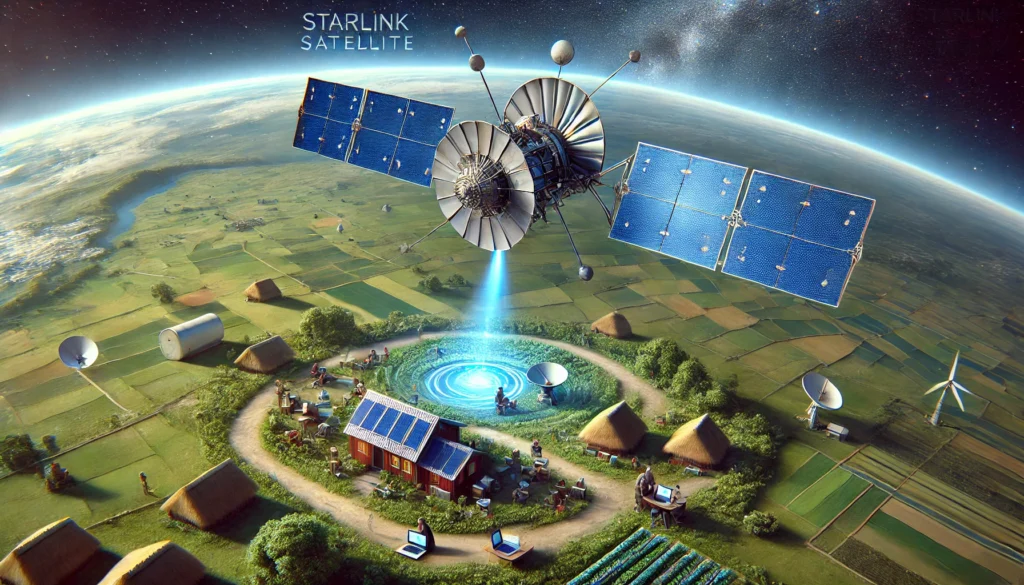
Starlink Plans and Pricing
How Much Does Starlink Wi-Fi Cost?
Starlink Satellite Internet offers several service plans:
- Standard: For homes and fixed locations, offering speeds between 100-250 Mbps.
- Roam (RV): Portable internet for travelers, with flexible service options.
- Business: Designed for businesses, providing faster speeds and more bandwidth.
- Starlink Maritime: For boats and ships, offering stable connectivity at sea.
Is Starlink Cheaper Than Jio?
- The standard Starlink kit (dish, router, and cables) costs around $599, with a monthly service fee of $110 in most regions.
- The Roam plan costs around $150/month, while business and maritime plans have higher pricing tiers.
- Compared to Jio, Starlink is more expensive, but it offers global coverage and unmatched connectivity in remote areas where Jio’s fiber services are unavailable.
Is Starlink Unlimited Data?
Currently, Starlink offers high data limits, but it is not entirely unlimited. The company has introduced priority access for higher-tier users, with potential speed reductions after reaching a certain data cap in congested areas.
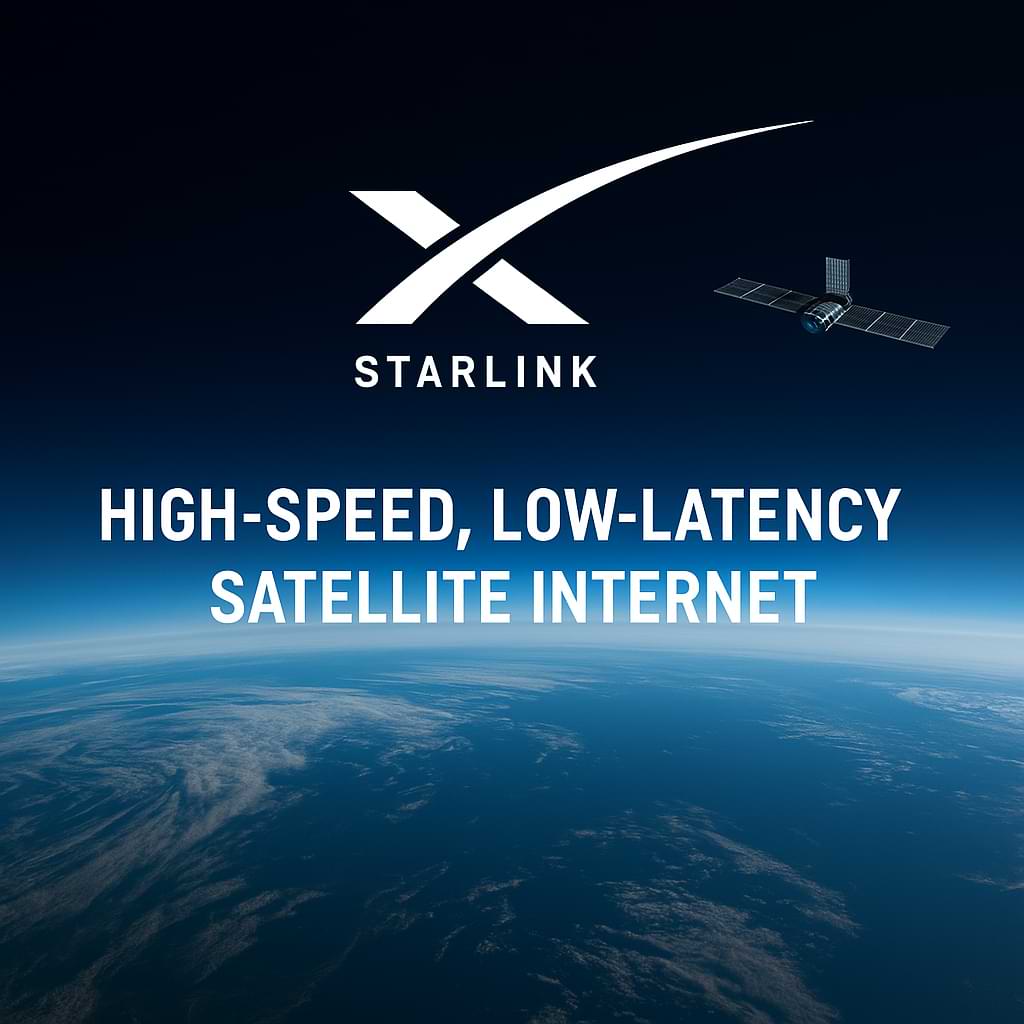
Is Starlink Better Than 5G?
The choice between Starlink vs. 5G depends on location and usage:
- Starlink is better for rural and remote areas, where 5G coverage is scarce.
- 5G is ideal for urban areas with strong network infrastructure, offering lower latency and higher speeds in densely populated zones.
- Starlink’s advantage is its availability anywhere, unlike 5G, which depends on tower proximity.
Is Starlink Faster Than Fiber?
- Fiber internet generally provides faster speeds (up to 1 Gbps) and lower latency than Starlink.
- However, Starlink is a game-changer for areas without fiber connectivity, delivering high-speed internet where fiber cannot reach.
Starlink’s Impact on the Future
Starlink is set to redefine global internet connectivity, making it accessible to people in rural and underserved regions. Its potential goes beyond home internet—it could be used for:
- Smart Agriculture: Farmers can access real-time data in remote fields.
- Autonomous Vehicles: Reliable connectivity for self-driving cars.
- Global IoT: Improved communication for IoT devices in remote areas.
Challenges and Future Prospects
While Starlink Satellite Internet offers many advantages, it also faces some challenges:
- Satellite Congestion: As more satellites are launched, the risk of space debris increases.
- Cost Concerns: Although prices have dropped, it is still costly for some regions.
- Weather Sensitivity: Performance can be affected by heavy rain or snow.
Despite these hurdles, Starlink continues to expand its services, aiming for global coverage by the end of the decade.
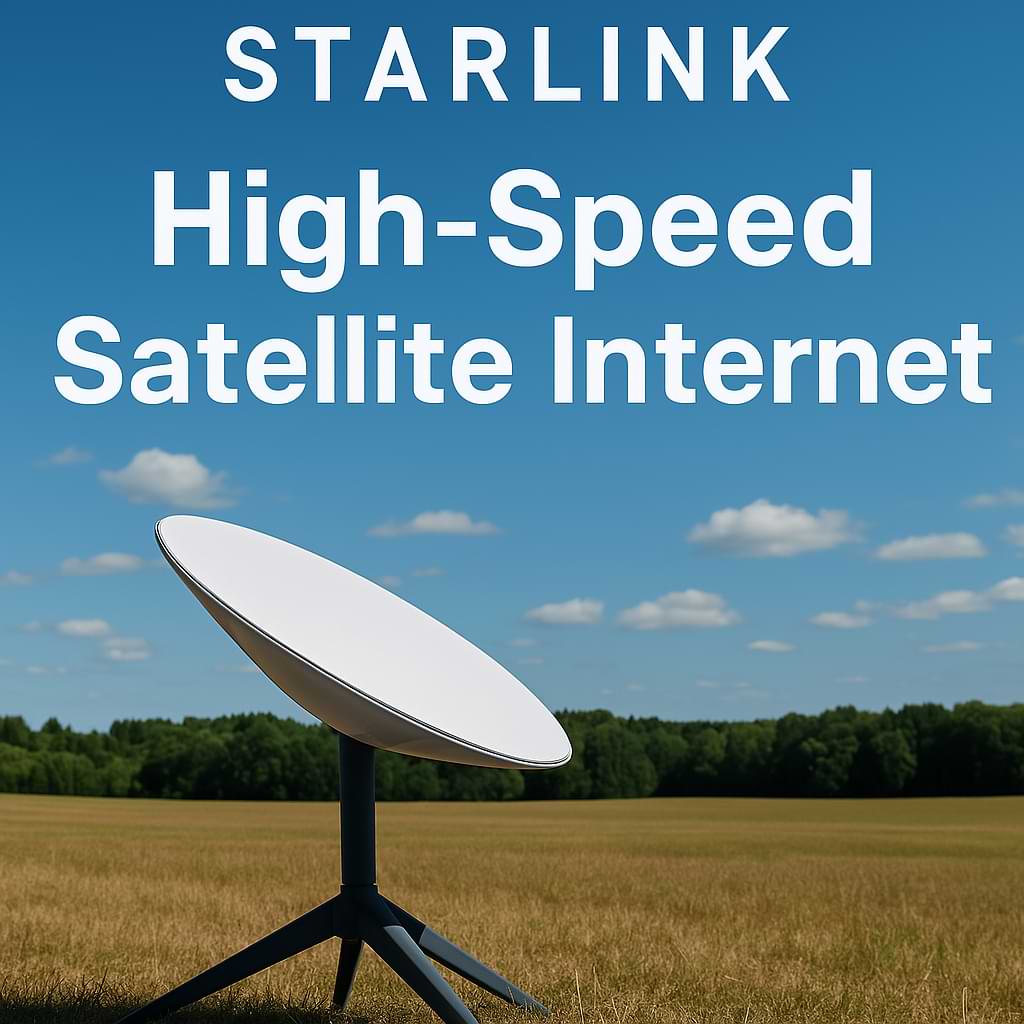
Conclusion
Starlink is more than just a satellite internet service—it’s a technological revolution. With low-latency, high-speed internet, it has the potential to bridge the digital divide, empower rural communities, and enhance connectivity worldwide.
As SpaceX continues to launch more satellites and improve its technology, Starlink Satellite Internet is set to play a major role in the future of global internet access.
Would you switch to Starlink Internet? Share your thoughts in the comments below!
Stay Connected! For more insights on tech innovations, AI trends, and the future of the internet, explore our related blogs.
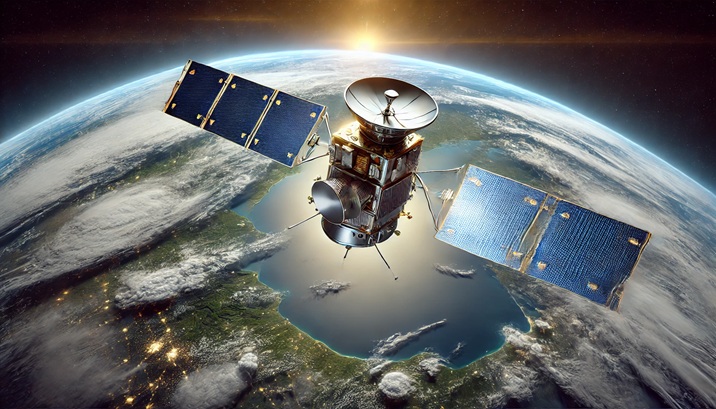





One response
Starlink’s impact on global connectivity is fascinating! It’s exciting to see how satellite internet is bridging digital gaps, especially in remote areas. Looking forward to its future developments!